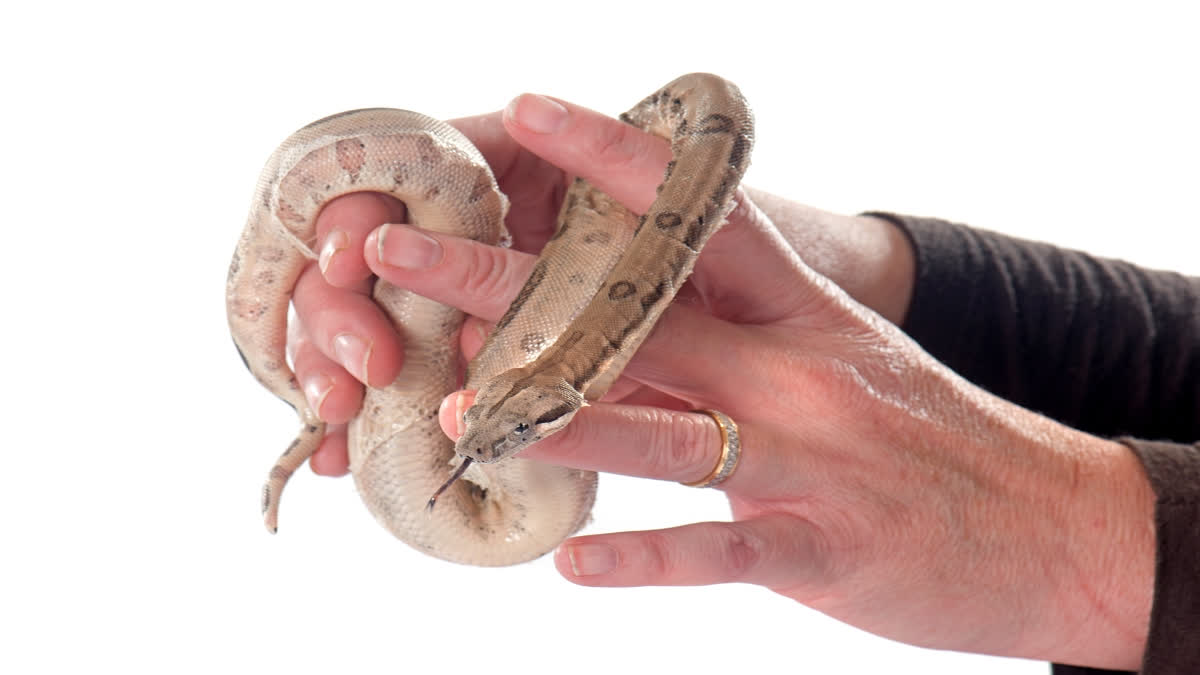New Delhi:In India,people living in densely populated low altitude and agricultural areas of Bihar, Jharkhand, Madhya Pradesh, Odisha, Uttar Pradesh, Andhra Pradesh Telangana, Rajasthan and Gujarat accounts for 70 per cent of deaths particularly during the rainy season when encounters between snakes and humans are more frequent at home and outdoors areas, the Ministry of Health and Family Welfare (MoHFW) said on Tuesday.
"In India, as per a systematic literature studies conducted by researchers showed that around 58,000 deaths occur of an estimated three-four million snake bites annually which accounts for half of all snakebites death globally," the Ministry said while releasing a national action plan for prevention and control of snakebite envenoming (NAPSE).
As per the Central Bureau of Health Investigation (CBHI) reports (2016-2020), the average annual frequency of snakebite cases in India is around three lakh and about 2,000 deaths occur due to snakebite envenoming, the ministry said.
The ministry aiming to halve the snakebite deaths by 2030 through 'One Health' approach.
"The factors that may be contributing to the high incidence of snake bite include lower altitude, the more extensive and intensively farmed arable land, species and population densities of snake species of medical importance and many a times the snake densities are relatively high, particularly in grain agriculture areas which attracts the large rodent and amphibian populations that are eaten by snakes," the Ministry said.
It said that agricultural laborers in India face heightened vulnerability to snakebites due to their dependence on traditional, non-mechanised, and cost-effective farming methods.
